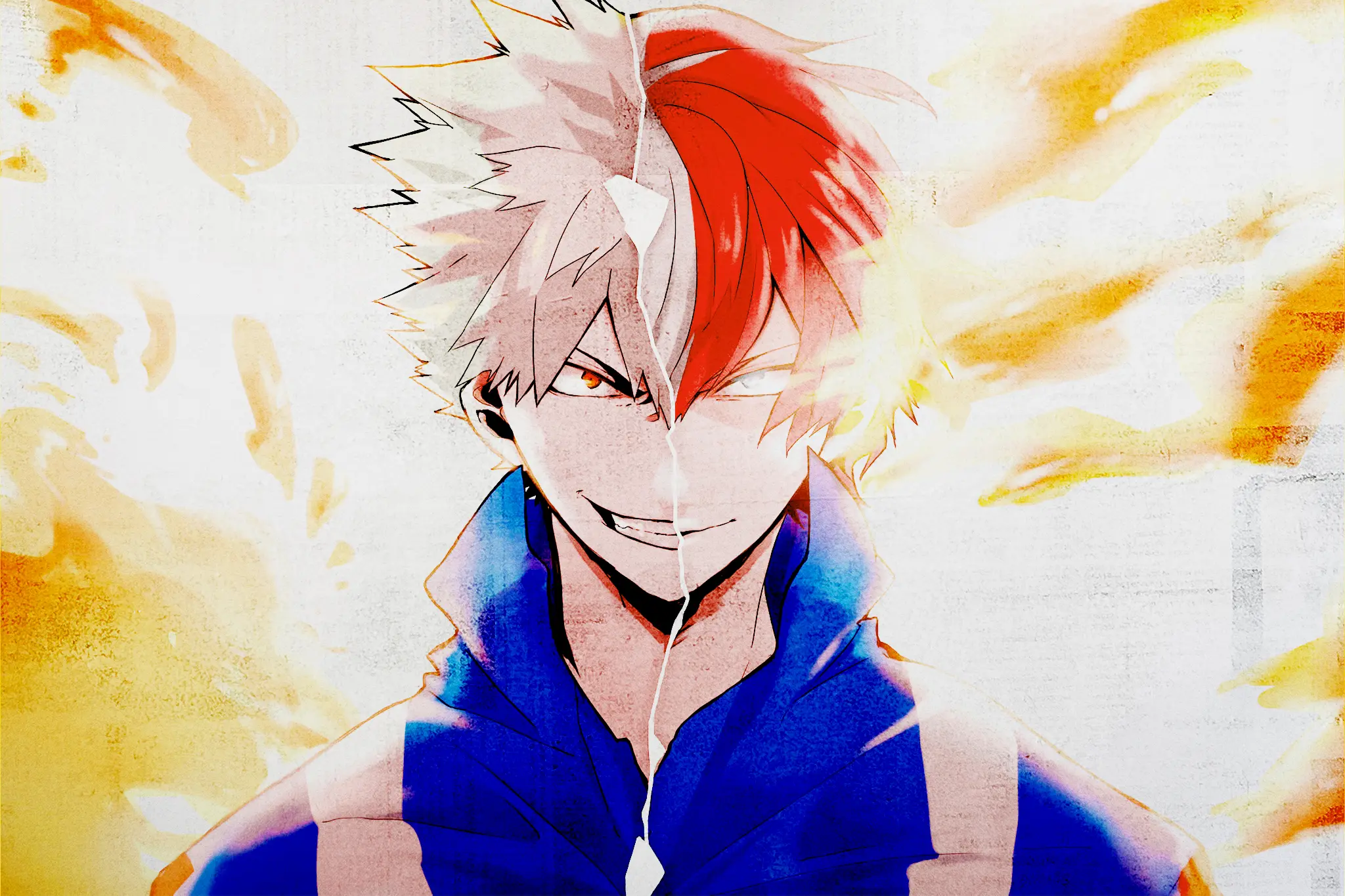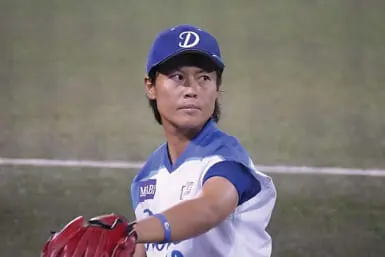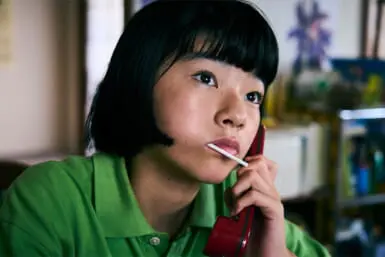In Japan, it’s virtually impossible to escape anime. People of all ages watch it, but it’s particularly common to hear elementary and junior high school kids discussing the newest episodes of their favorite series. With the youth of this country growing up with anime, these cartoon narratives are a reflection of Japanese values while simultaneously forming a lot of the nation’s moral foundation.
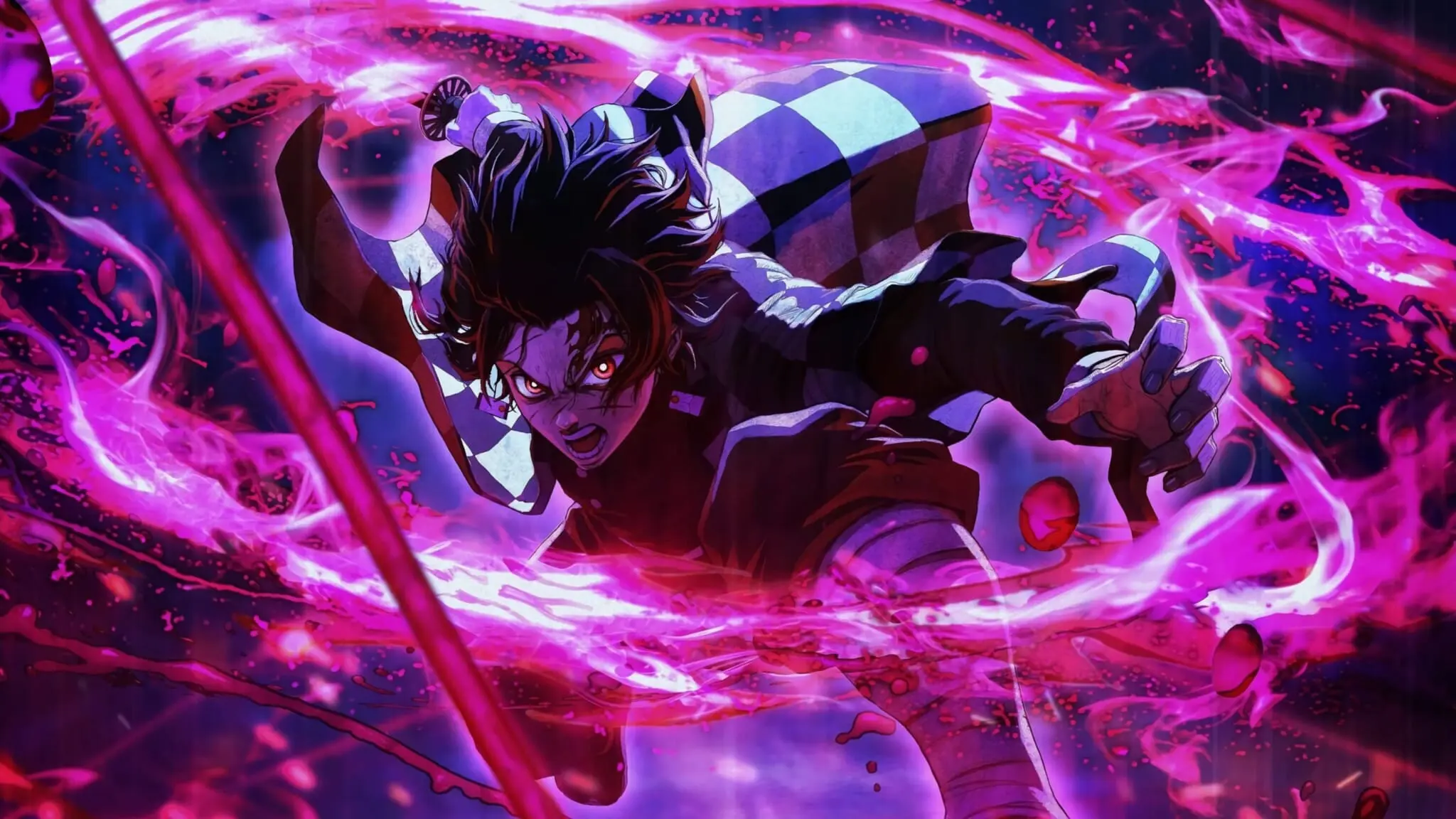
The Kimetsu No Yaiba Effect
In recent years, Kimetsu No Yaiba, known globally as Demon Slayer, has taken the world by storm. Here in Japan, there are few people who don’t recognize the beloved main character Tanjiro’s iconic turquoise and black checkered haori. During Halloween in Shibuya three years ago, many groups dressed up in the quirky demon-slaying band of Tanjiro and his friends.
Demon Slayer was so popular, in fact, that in a survey conducted by Benesse in 2020, asking elementary school students who they admired, Tanjiro Kamado won by a landslide with 618 votes. Shinobu Kocho, meanwhile, ranked third with 315 votes, ahead of “dad” in fifth with 171 votes. Other than “mom,” who ranked second, and “teacher” in fourth, the rest of the top 10 positions were held by Demon Slayer characters.
Beyond being comical, the result of this survey is not surprising, and even positive. Demon Slayer explores themes of bad forces at work while humanizing the demons through their hardships, even if they are clearly the “bad guys” of the series. The main character is famous for being indisputably a good person, so much so that his subconsciousness is painted as an endless ocean reflecting clear blue skies, showing just how infinitely pure his soul is. The members of the Demon Slayer Corps are notoriously self-sacrificing, ambitious and strong beyond human norms while remaining humble and loyal to the cause. There are worse qualities impressionable children could look up to.
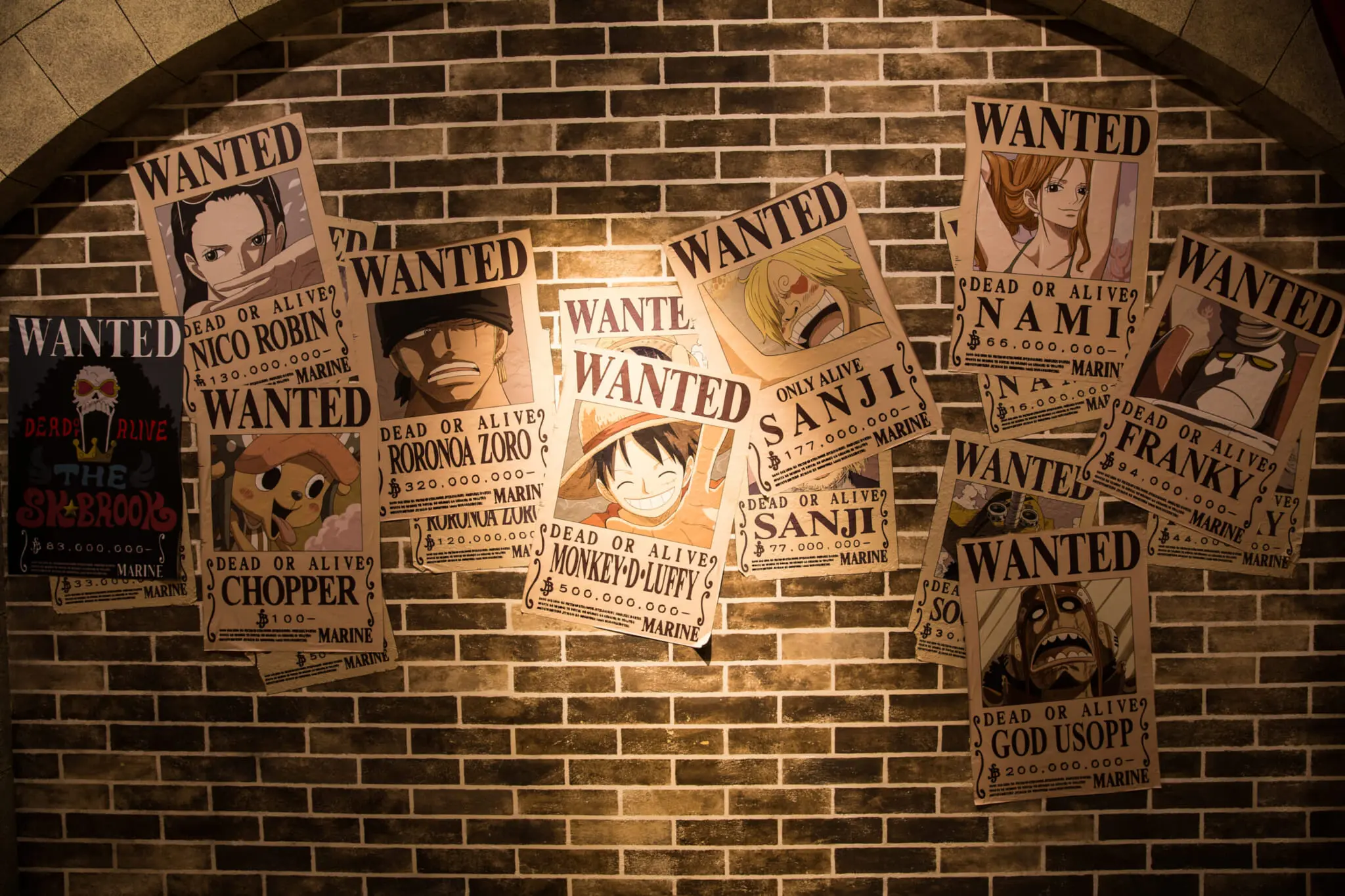
Underlying Political Themes
Demon Slayer does a fantastic job showing good and evil without making it black and white, but it certainly is not the first of its kind to navigate complex issues. Our heroes of One Piece are pirates with bounties on their heads who live outside the law. Characters in the Hunter Association from the 1990s series Hunter x Hunter are strong but not necessarily good. In Naruto, Sasuke’s older brother Itachi turns out to have a complex reason for betraying his village. Whether intentional or not, many popular anime titles handle political issues and themes that instruct viewers to not always accept power structures at face value.
Arguably, any good narrative has underlying political themes. With many of the most popular anime being battle-themed — the quintessential “what do we fight for?” — political narratives are all over the Japanese anime scene. Whether enjoying anime translates into interest in politics among Japanese youth, though, is a different issue. Even if anime isn’t teaching Japan’s youth to engage with politics, it certainly explains how issues can be layered and more complicated than a binary of good guys and bad guys. In a show like One Piece, they’ll even spend 1,000 episodes talking about it.
Strength in Character
A popular theme in anime is hard work. A main character starts off weak or otherwise unremarkable, then through some magical occurrence and a lot of effort, they can overcome increasingly difficult obstacles. Think Izuku from My Hero Academia, Eren from Attack on Titan, or Ken from Tokyo Ghoul. Then there are the main characters that are plain or who don’t fit into society but win over the hearts of those around them by staying true to their character. Think Sawako from Kimi Ni Todoke, or Mitsumi from Skip and Loafer.
These underdog qualities of the main characters are popular among Japanese audiences. The trope is simple but effective. The main characters go through serious hardships early on in their lives or in the series, to make their later triumphs that much more satisfying. The deserved feeling of a protagonist’s success is so prevalent, it seems like manga authors and producers are making it a point to showcase their characters to be not of natural-born talent but a product of unrelenting effort. This is certainly a ploy to make their main characters more likable and relatable, but nonetheless teaches audiences that effort can lead to success. Especially for all the 10-year-olds that are looking up to these admirably hard-working characters, the value of effort is an important lesson to learn at a young age.
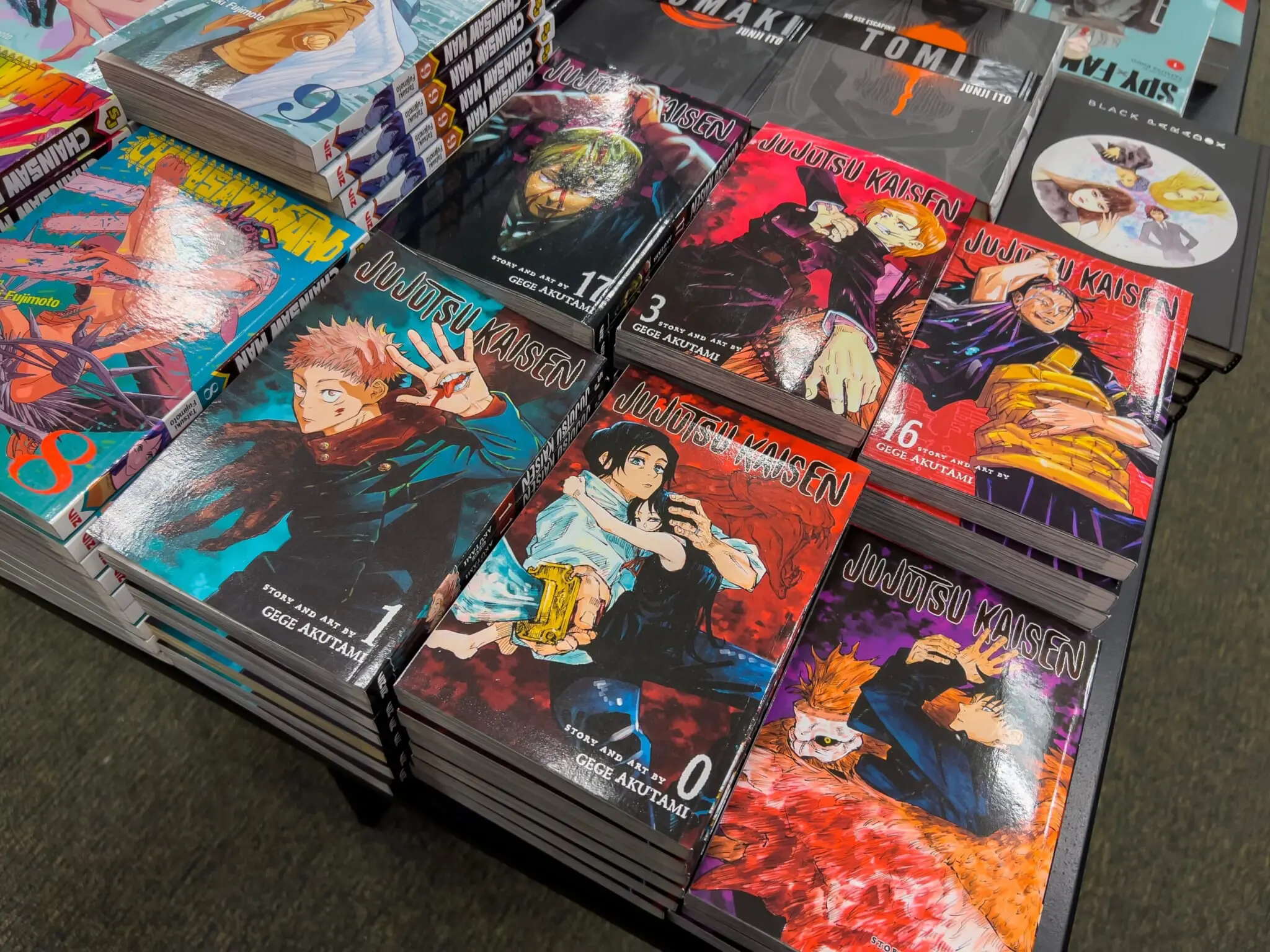
The Sex Talk
If we’re talking about anime influencing society, we can’t ignore, how to put it, the sexual undertones of it. One of the reasons why anime had a reputation for being “cringe” until quite recently was the plethora of shimoneta, or dirty jokes, seen in them. On top of that, we were bombarded with images of scantily clad women who were well-endowed. Tides have turned, however, and if anything, sexual content is becoming minimal. There’s also more self-awareness in recent blockbuster anime. Take Jujutsu Kaisen, for instance, where the female characters are generally covered up and ruthless in battle.
This shift from an interest in sexual jokes to more thoughtful humor shows the maturing of a whole nation. It’s also possibly a marketing tactic to make anime more palatable to wider audiences. For the most part, the anime that kids enjoy nowadays handles sexual topics more delicately than in the past.
International Appeal
To say anime is influencing Japan may be giving it too much credit. After all, anime comes from Japan and many of the values and morals of anime are derived from Japanese culture. A clearer way to understand the effect of anime on society might be to see how foreign cultures react to it. Foreigners are attracted to anime’s uniquely Japanese characteristics; from the consideration they show for others to the small Tokyo homes.
The pacing in anime is also quite distinctive. Having been translated to the screen from manga, the stories often have a flow to them that doesn’t conclude in one episode. More importantly, though, international anime fans relate to the concept of enduring and persevering through hardship. This is a universal struggle. It probably relates to why there is such a large African-American fanbase for anime.
At the end of the day, anime is just another form of entertainment. Love it or hate it, it’s an art form. There are over 500 studios in Japan, competing to make the next big hit that will have everyone cosplaying and buying Uniqlo shirts with their characters plastered on them. It’s fun, moving, at times sexy and binge-worthy exciting. If youngsters become slightly better people from watching anime, I call that a win.

